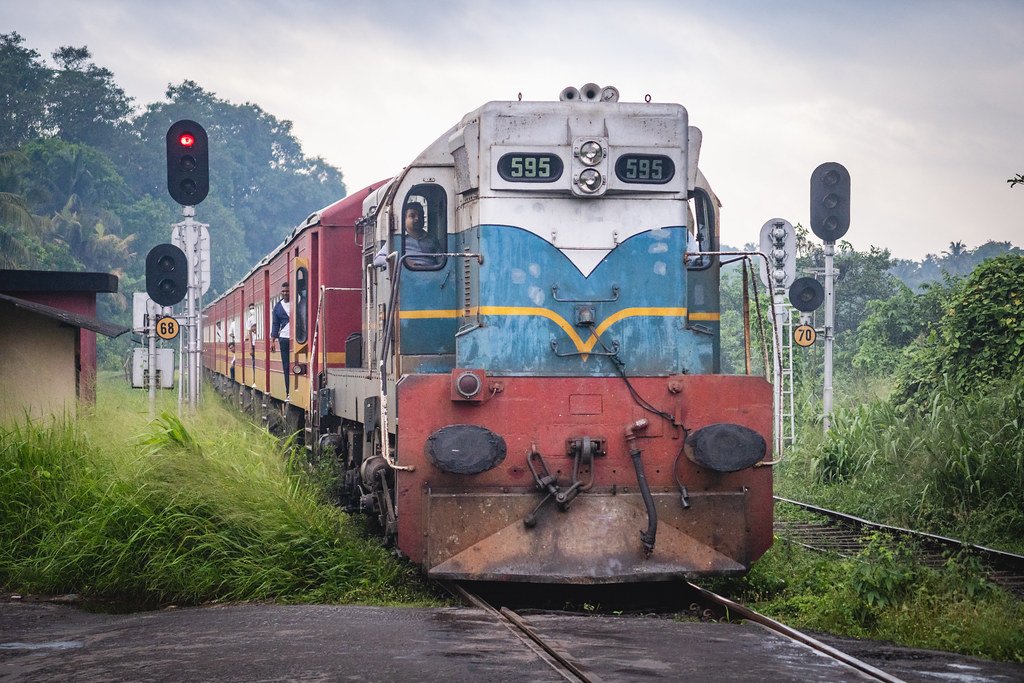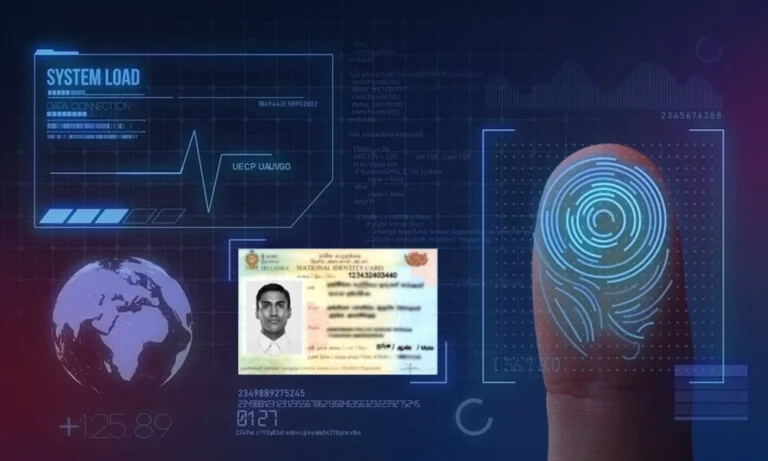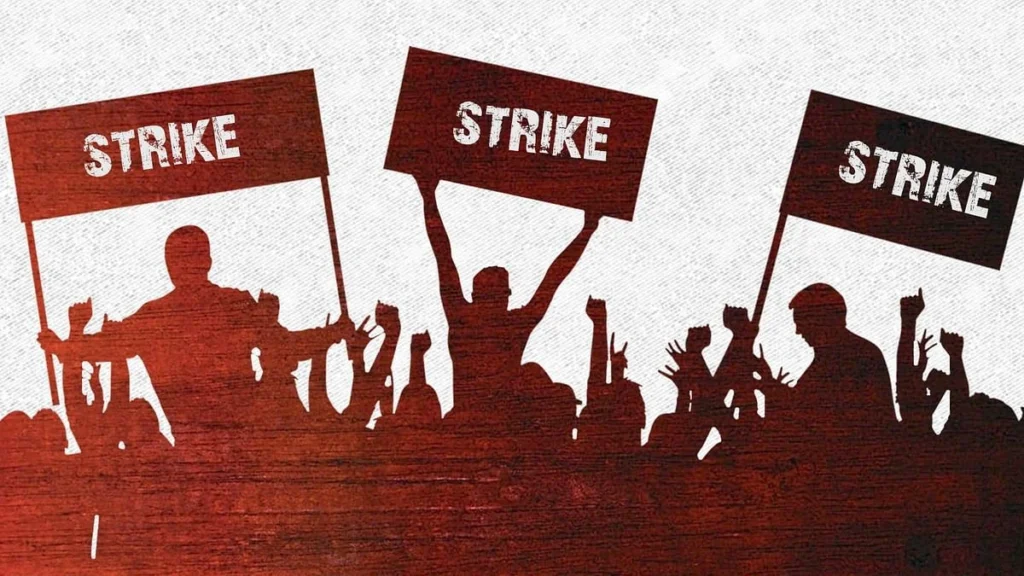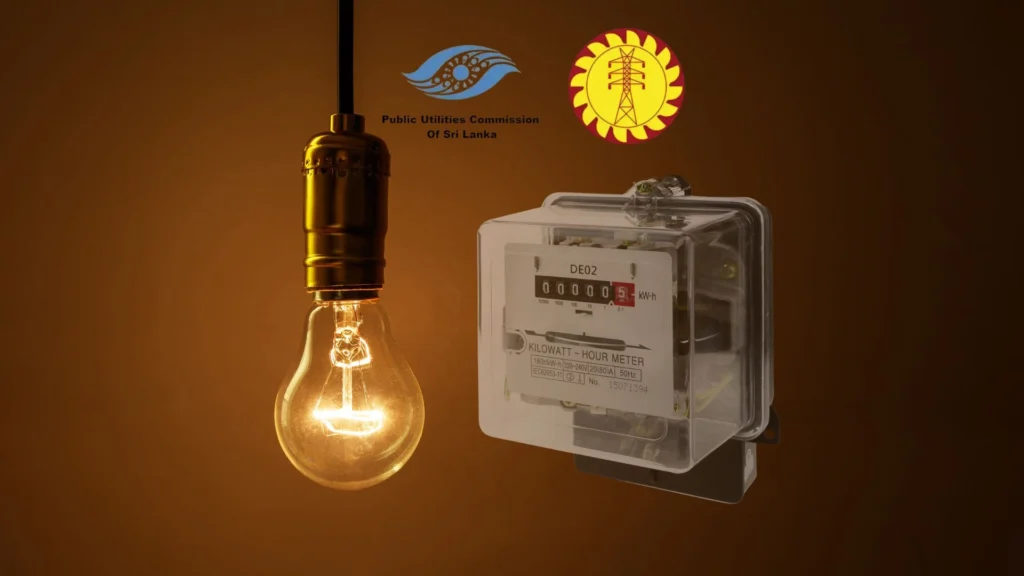Sri Lanka’s railway network, once a proud symbol of affordable connectivity and scenic travel, is now increasingly defined by delays, derailments, and disrepair. A recent audit revealed that nearly half of all train journeys in 2024 were delayed, with over 5,000 cancellations and 660 derailments recorded between 2020 and 2024. For passengers across the country, from Batticaloa to Fort, Jaffna to Matara, this isn’t just a statistic. It’s a daily disruption.
The Batticaloa–Fort Route: A Case Study in Frustration
The Udaya Devi and Meenagaya Express trains, which connect Batticaloa to Colombo Fort, routinely take over nine hours to complete their journey. Track upgrades are visible along the route, but the execution is painfully slow. Workers pause construction every time a train passes, only to resume once it clears a stop-start rhythm that drags projects for months.
This reactive approach to track maintenance is emblematic of a deeper issue: the absence of coordinated scheduling between train operations and infrastructure upgrades. Without temporary route closures or rerouted services, progress remains piecemeal and inefficient.

It’s Not Just Batticaloa: Delays Across the Network
The problem is national. Passengers on the Badulla–Colombo line report frequent delays due to landslides, outdated signaling systems, and slow-moving trains on steep gradients. The Northern Line to Jaffna, once celebrated for its post-war revival, now suffers from speed restrictions due to track wear and insufficient maintenance. Even the Southern Coastal Line, which serves high-demand tourist and commuter traffic, faces frequent signal failures and engine breakdowns.
In many cases, journeys that should take 5–6 hours stretch to 8 or more. Trains idle at stations for unexplained durations. Schedules are unreliable. And passengers, especially those without alternatives are left stranded, late, or simply exhausted.
Why the Delays Persist: A System Under Strain
The reasons are layered and systemic:
- Ageing Infrastructure: Much of Sri Lanka’s rail network still runs on colonial-era tracks and bridges. Many sections have not seen major upgrades in decades.
- Underpowered Locomotives: The fleet of engines is outdated, with frequent breakdowns and limited hauling capacity, especially on hilly terrain.
- Manual Signaling Systems: Many lines still rely on manual signaling and token systems, which slow down operations and increase the risk of human error.
- Staff Shortages: The Department of Railways faces a chronic shortage of trained drivers, engineers, and maintenance staff.
- Uncoordinated Maintenance: Track repairs are often carried out without suspending services, leading to constant interruptions and prolonged project timelines.
- Unsafe Crossings: Over 400 unprotected railway crossings remain across the country, causing delays and posing serious safety risks.
- Weather Vulnerability: Heavy rains and flooding frequently damage tracks, especially in the hill country and coastal zones.
The Human Cost of Delay
For thousands of daily commuters, students, and long-distance travelers, these delays are more than inconvenient, they’re disruptive. Missed hospital appointments, job interviews, and school exams are common. Overnight trains like the Meenagaya Express often arrive in Colombo well past their scheduled time, leaving passengers scrambling for onward connections.
The psychological toll is rarely acknowledged. Uncertainty, fatigue, and frustration are now part of the railway experience. And for many in rural areas, where buses are infrequent or unaffordable, there is no alternative.
What Needs to Change: A Path Forward
To restore faith in the railway system and improve journey times, Sri Lanka must adopt a bold, coordinated strategy:
- Synchronize Upgrades with Service Suspensions: Temporarily suspend or reroute services on key lines to allow uninterrupted track work. Issue clear public notices with timelines and alternatives.
- Modernize Signaling and Crossings: Invest in digital signaling systems and automate unsafe crossings to reduce delays and improve safety.
- Expand and Train the Workforce: Recruit and upskill technical staff to address shortages in operations and maintenance.
- Upgrade Rolling Stock: Replace ageing locomotives and carriages with energy-efficient, higher-speed alternatives.
- Improve Transparency: Publish real-time delay data and maintenance schedules to build public trust and accountability.
- Coordinate with Weather Forecasting: Use predictive models to preemptively manage disruptions during monsoon seasons.
Final Note: A System Worth Saving
Sri Lanka’s railways are more than just transport they are lifelines for communities, arteries of commerce, and symbols of national identity. But without urgent reform, they risk becoming relics of a bygone era. The Batticaloa–Fort route may be the most visible example of dysfunction, but the problem is national and so must be the solution.
Temporary inconvenience for long-term gain is a trade-off the public will accept if it’s communicated clearly and executed efficiently. The tracks are telling us something. It’s time we listened.
Follow Ceylon Public Affairs for grounded analysis on infrastructure, governance, and public service reform in Sri Lanka.












